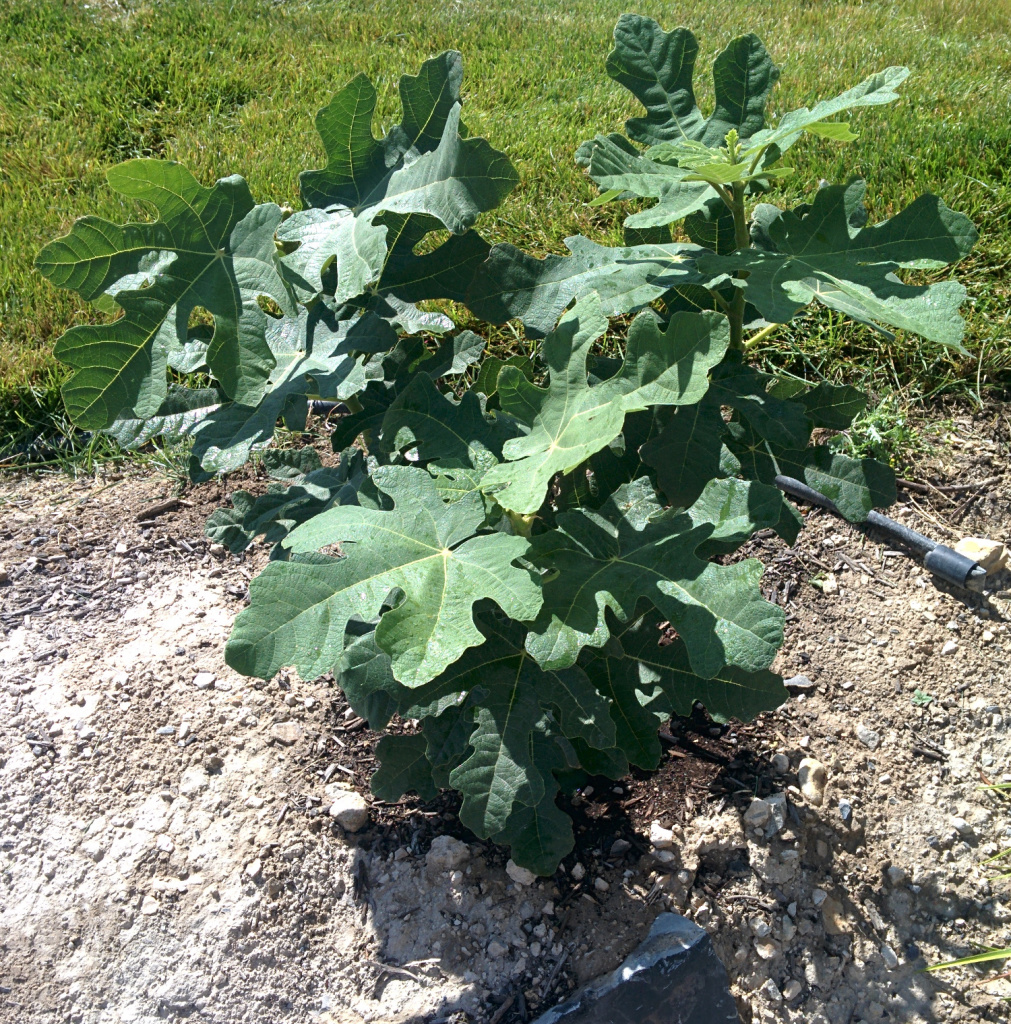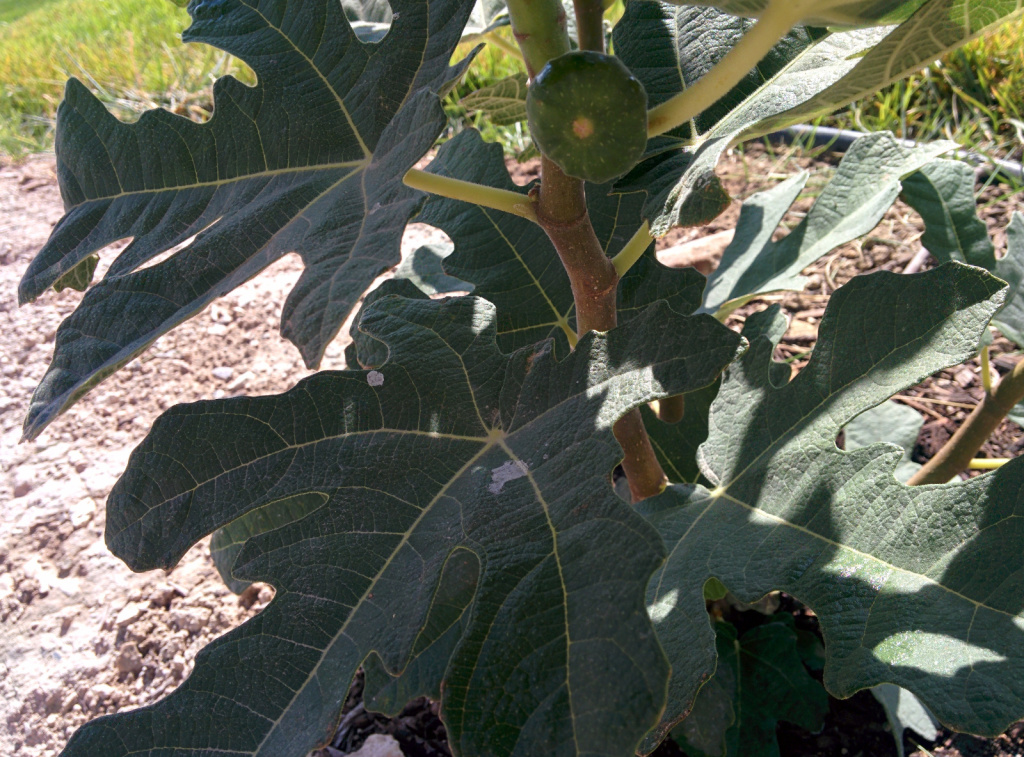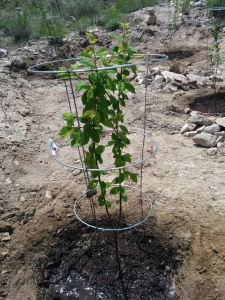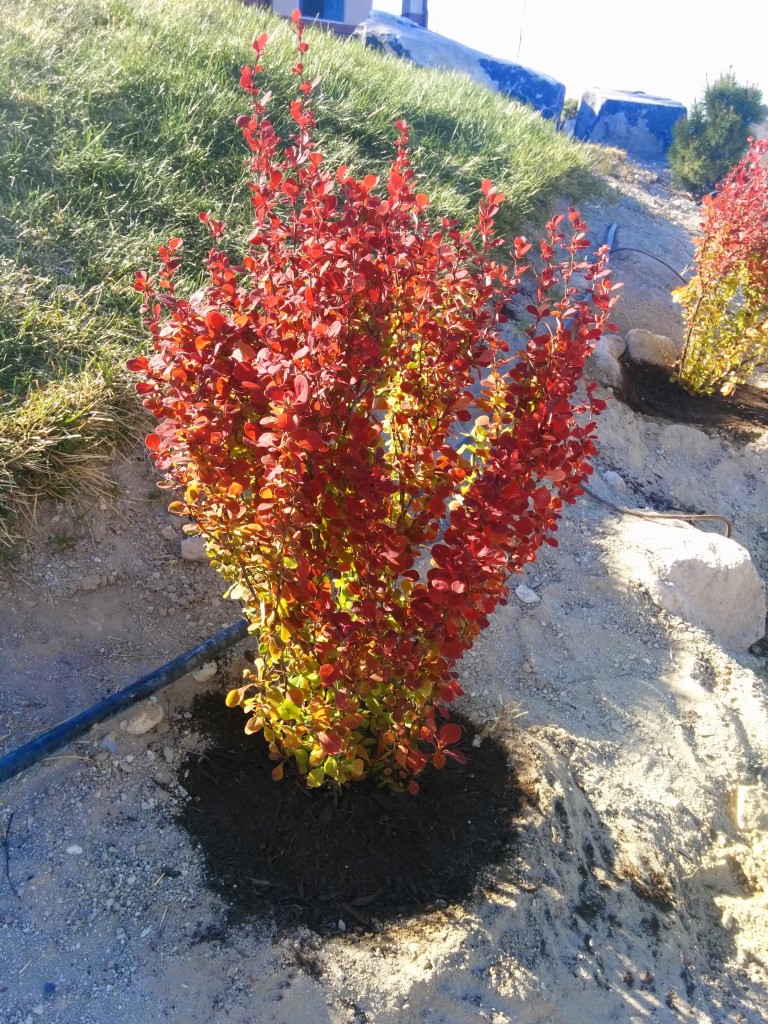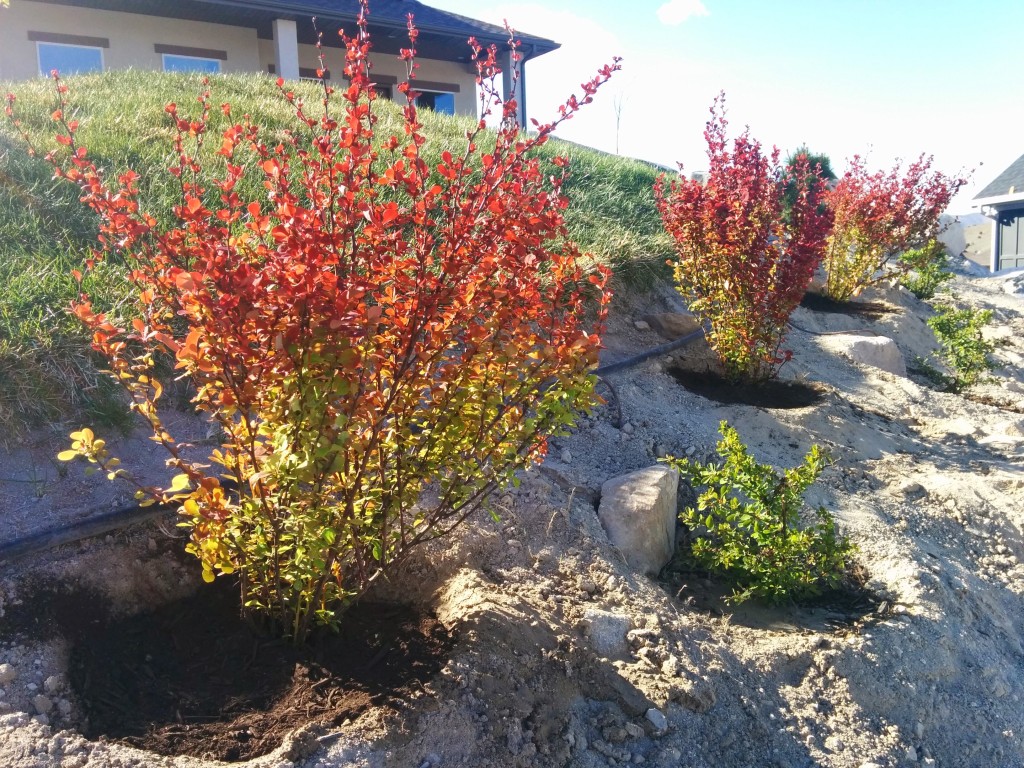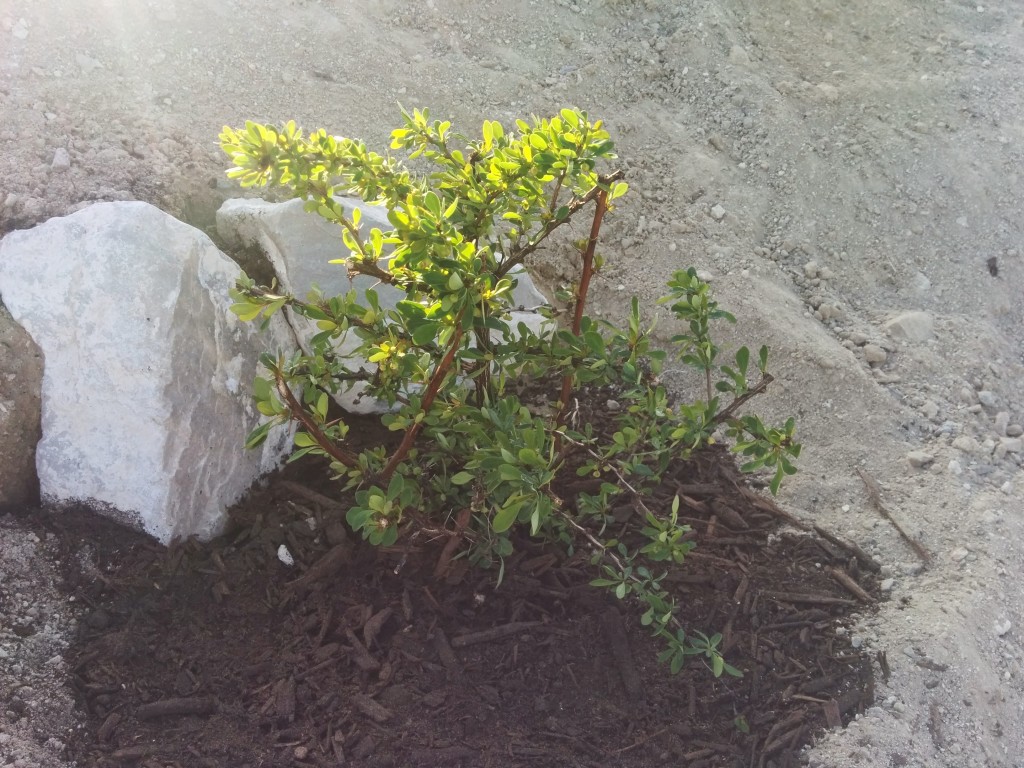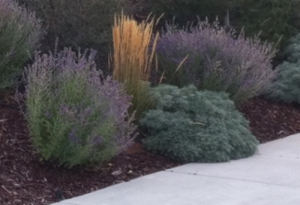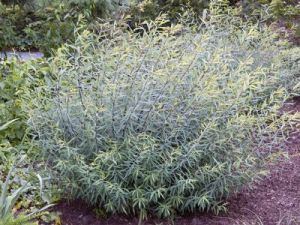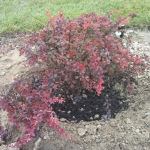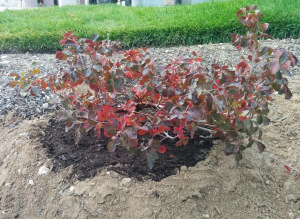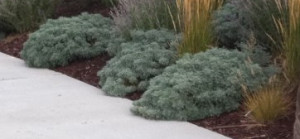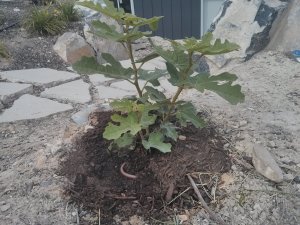
Our Hardy Chicago Fig survived an unprotected winter in Utah! Everything died back, but here it is alive and well in July 2015.
This has been so fun to see. It really starts late in the spring and needs a lot of heat to get growing. Once it started it gained quite a bit of growth. We will need to protect it from the winter this fall to try to keep some of this growth for the following spring. Hopefully we can get some fruit this year, but I am not counting on it.
They say it can get 8-10 feet tall and wide but I don’t know if it will grow that large and if it does, it will be with a bit of work. It needs full sun and a lot of heat. A southern exposure by your house might be your best bet.
This is all new growth in 2015. In the Spring there wasn’t anything above the ground. By July it was close to 12″ tall. In September it is 2′ tall, sprouting new shoots out of the ground and has one fig! Not too bad for a 4-5″ plant and no protection from the winter.
2016
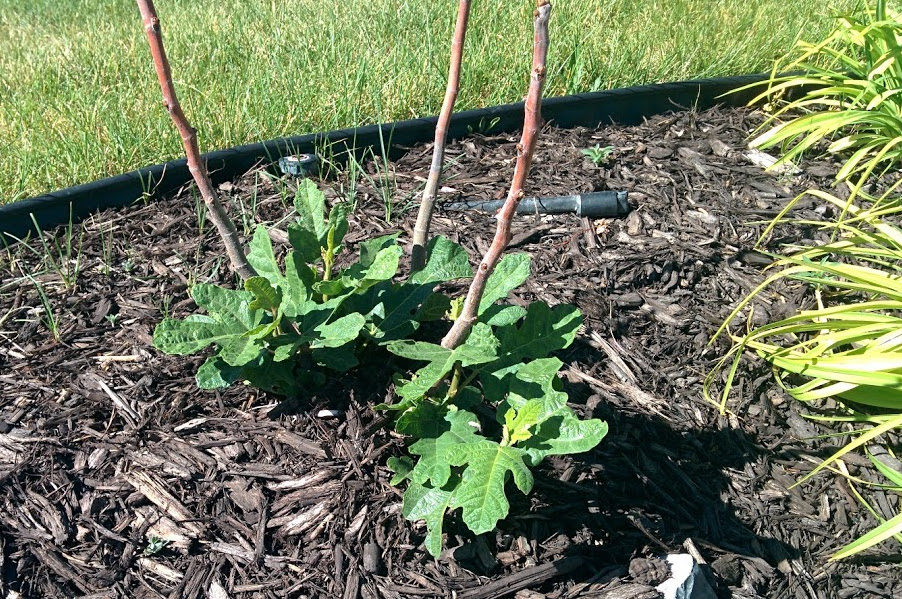 June 2016 – 2 year old plant in the Spring. After another winter without any special care, new leaves are out in June. There are buds all over the bare branches and we are hopeful that they will pop soon. I think it is ahead of where it was this time last year.
June 2016 – 2 year old plant in the Spring. After another winter without any special care, new leaves are out in June. There are buds all over the bare branches and we are hopeful that they will pop soon. I think it is ahead of where it was this time last year.
